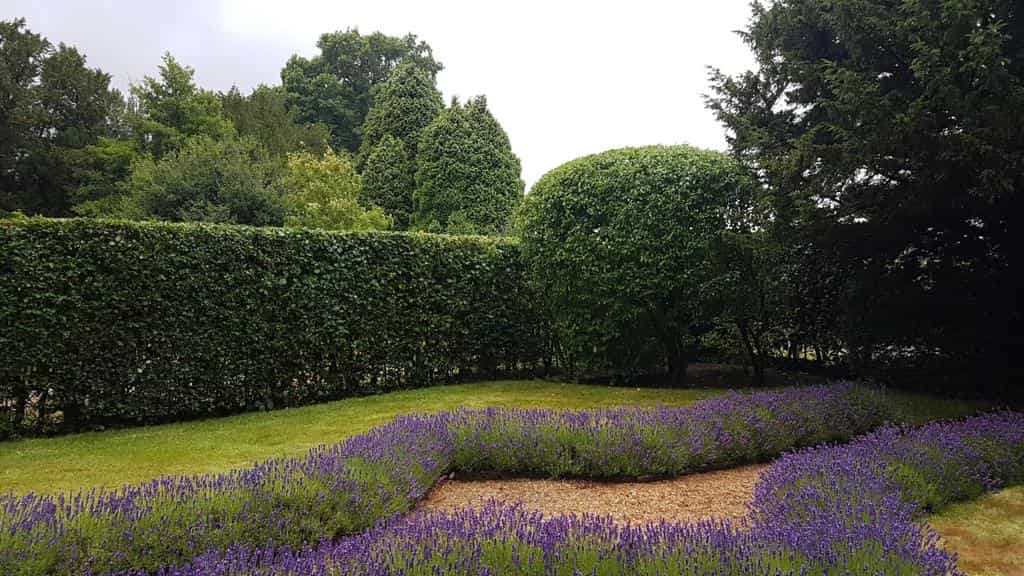As a homeowner in Quedgeley, Gloucestershire, one of your responsibilities is to ensure the trees on your property remain healthy, safe, and well-maintained. While trees can add beauty and value to your property, they can also pose significant risks if not cared for properly. Tree surgery, which involves professional trimming, pruning, or removal of trees, is sometimes necessary to maintain tree health and prevent safety hazards.
But how do you know when it’s time to call in the experts? In this blog post, we’ll provide you with a homeowner’s checklist of signs that your tree may need surgery.
1. Visible Damage to the Trunk or Branches
A tree with visible damage to its trunk or branches is a clear indication that tree surgery may be needed. Look for cracks, splits, or large wounds on the trunk or major branches. While smaller cuts may heal on their own, larger wounds can become entry points for disease and pests, weakening the tree over time. If you notice any of these signs, it’s crucial to have a professional assess the damage to determine the best course of action.
2. Leaning or Unstable Trees
A tree that is leaning or appears unstable can pose a significant risk, especially during storms or high winds. While some trees naturally grow at an angle, a sudden lean may indicate a serious underlying issue, such as root damage or soil erosion. If you observe any leaning or instability in your tree, it’s important to contact a tree surgeon right away. They can assess the tree’s condition and determine if it needs stabilisation or removal.
3. Dead or Dying Limbs
Dead or dying branches are not only unsightly but can also be dangerous. These branches are more likely to break off, posing a risk to people, vehicles, and structures below. If you notice that your tree has a lot of dead or dying limbs, it’s time to call in the experts. A tree surgeon can safely remove these branches, preventing potential hazards and improving the overall health and appearance of the tree.
4. Unusual Growth Patterns
Trees can experience irregular growth due to environmental factors, disease, or injury. If you notice that one side of your tree is growing disproportionately, or if there are large, unexplained gaps in the canopy, it may indicate an issue that requires attention. Uneven growth can cause the tree to become unbalanced, which could lead to future problems such as breakage or leaning. A tree surgeon can determine if corrective surgery is needed to restore balance to the tree.
5. Excessive Deadwood or Hollow Areas
Trees with large amounts of deadwood or hollow sections are more vulnerable to pests, diseases, and structural weaknesses. If you find that your tree has a significant amount of deadwood or if the trunk has become hollow, it could be a sign that the tree is deteriorating. A professional tree surgeon can safely remove deadwood and inspect the tree’s health, determining if any additional treatment or surgery is required.
6. Pest or Fungal Infestation
Fungal growth, pest infestations, or the presence of mushrooms or toadstools growing at the base of the tree can indicate a serious underlying issue. These signs often point to root rot or the presence of harmful pests that could be weakening the tree. If you notice any of these signs, it’s crucial to contact a tree surgeon. They can assess the tree and determine whether surgery or treatment is necessary to prevent further damage or to protect the tree from disease.
7. Significant Leaf Discolouration or Premature Leaf Drop
Healthy trees should have vibrant leaves throughout the growing season. If you notice unusual leaf discolouration or premature leaf drop, it could be a sign of stress, disease, or a nutrient deficiency. In some cases, these symptoms may require tree surgery to remove infected branches or treat underlying problems. A tree surgeon will be able to diagnose the cause and recommend the best course of action.
8. Cracked or Raised Ground Around the Tree
If you notice that the ground around your tree is cracking or rising, this could be a sign of root damage or instability. Cracks in the soil may occur when the roots are growing unevenly or are pushing against the surface. In some cases, this can lead to dangerous situations, such as the tree falling or becoming uprooted. A tree surgeon can inspect the root system and decide whether intervention is needed to prevent further damage.
Conclusion
Tree surgery is a vital part of tree care and maintenance. Regularly inspecting your trees for signs of damage, disease, or instability can help prevent more serious problems down the road. If you notice any of the signs mentioned in this checklist, it’s essential to contact a professional tree surgeon to assess the situation and recommend the appropriate course of action.
At EM Tree Surgery Quedgeley, we offer expert tree surgery services to ensure the health, safety, and beauty of the trees on your property. If you’re concerned about the condition of your trees, don’t hesitate to get in touch with us today. Our experienced team is here to provide the professional care your trees need.
Call us on: 01452 941 558
Click here to find out more about EM Tree Surgery Quedgeley
Click here to complete our contact form and see how we can help with your trees needs.

